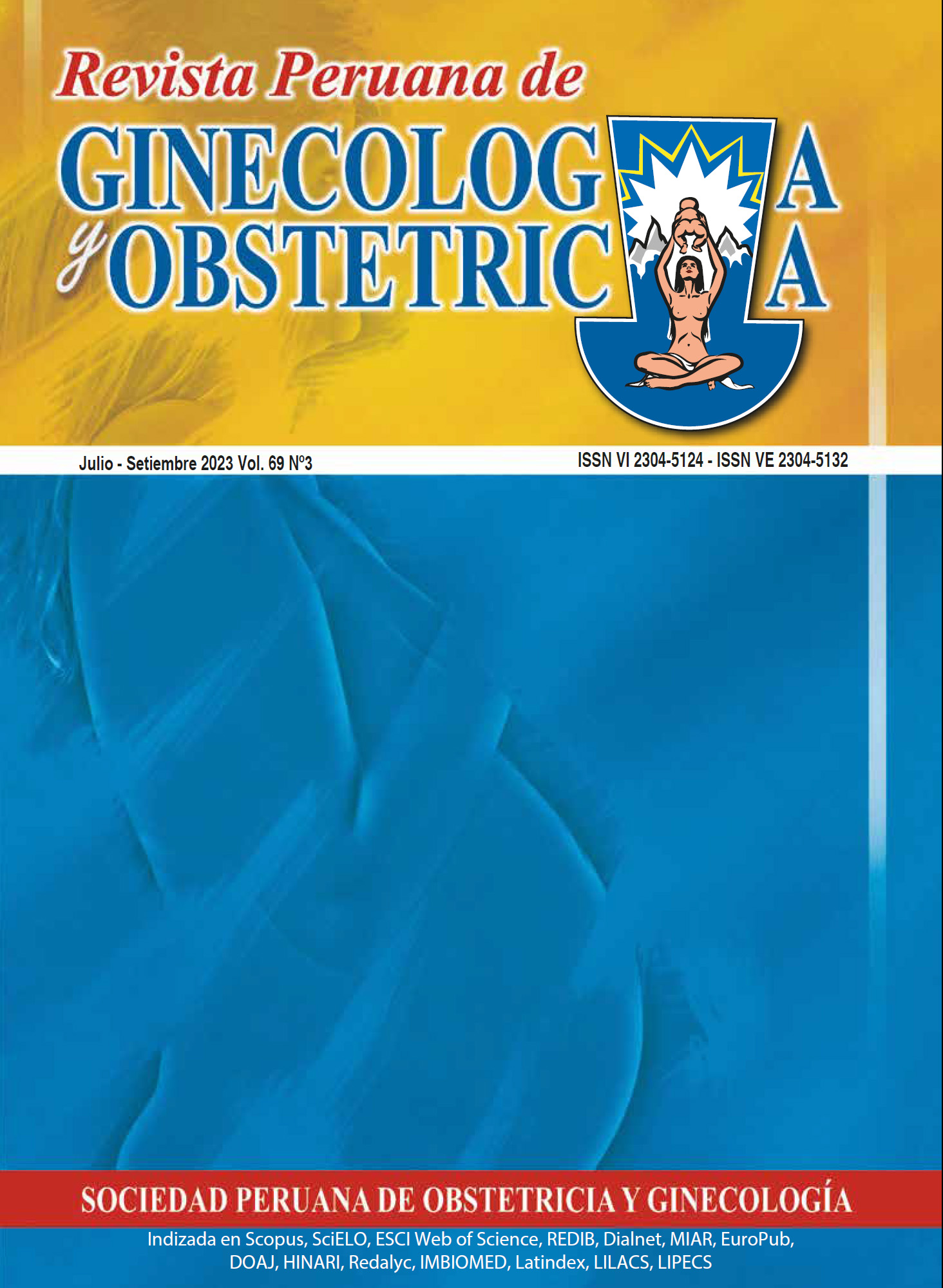Obstetric complications and advanced maternal age
DOI:
https://doi.org/10.31403/rpgo.v69i2553Keywords:
Maternal age, Diabetes mellitus, Preeclampsia, Maternal mortality, Perinatal mortality, Cesarean deliveryAbstract
Advanced maternal age is directly proportional to the risk of obstetric and nonobstetric
complications during gestation, both for the pregnant woman and the
fetus. This is particularly important because the fertility rates of older women have
increased. In the US, 10% of first births and 20% of all births occur to women 35
years of age or older. Historically, advanced maternal age has been defined as an
age greater than or equal to 35 years, a cutoff point that is supported by declining
fertility and the increased risk of genetic abnormalities in the offspring of women
older than this age. However, the effects related to increasing age are continuous
and the risk is greater the older the age at conception rather than as an effect of
passing the 35 years threshold. Research has shown that older pregnant women
are at increased risk of early pregnancy complications such as miscarriage, ectopic
pregnancy, chromosomal abnormalities and congenital malformations, as well as,
preeclampsia, gestational diabetes, placental pathology, preterm delivery, low birth
weight, perinatal mortality, multiple pregnancy, dystocic delivery, cesarean delivery
and maternal mortality. This article reviews recent publications on the subject
and includes statistics from a major hospital in Lima, Peru, and from the National
Demographic and Family Health Survey - ENDES, 2022.
Downloads
Downloads
Published
How to Cite
Issue
Section
License
Copyright (c) 2023 Santiago G. Cabrera Ramos

This work is licensed under a Creative Commons Attribution 4.0 International License.
Esta revista provee acceso libre inmediato a su contenido bajo el principio de que hacer disponible gratuitamente la investigación al publico, lo cual fomenta un mayor intercambio de conocimiento global.















